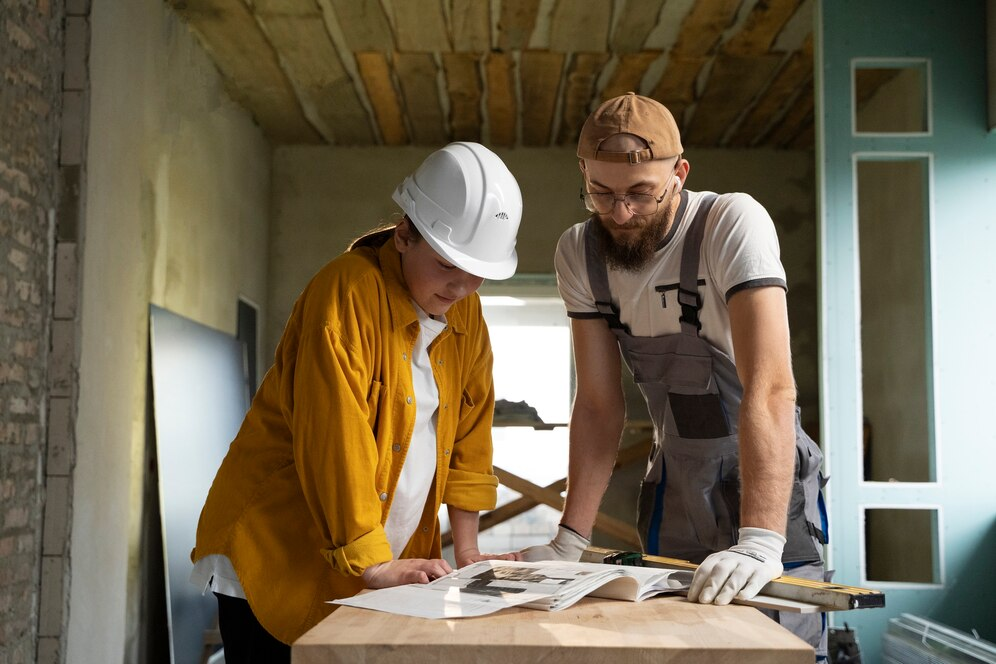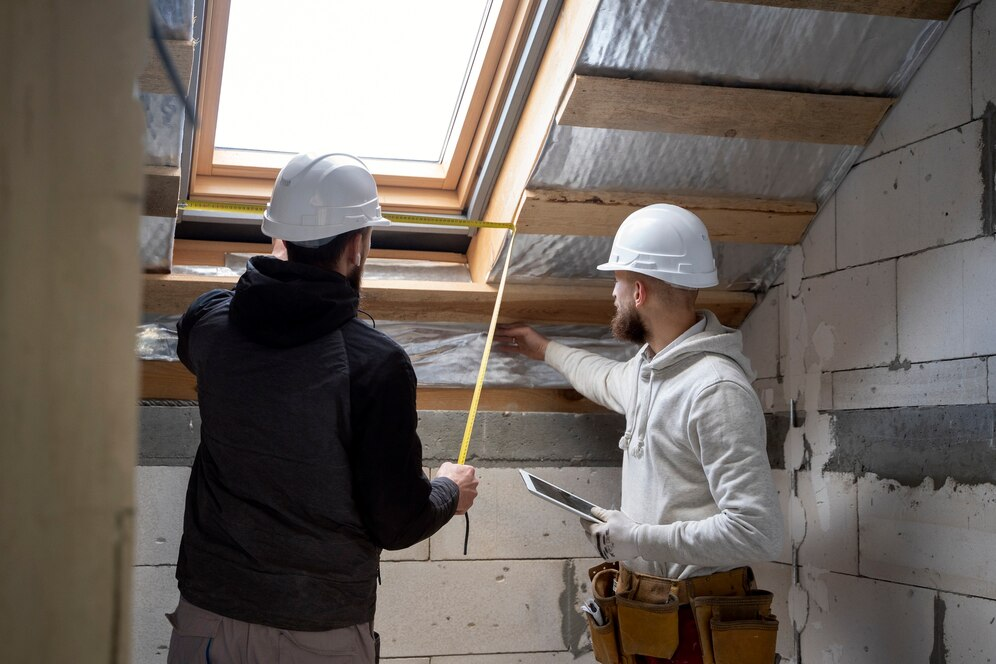Fire-Resistant Building Materials Enhancing Safety in Home Construction
It seems like an epic wildfire is always blazing somewhere these days. Once a threat largely inherent to the Southwest, blazes are now threatening traditionally humid regions like upstate New York. When more prevalent wildfires combine with standard home threats such as electrical fires, cooking fires, smoking, and forgotten candles, it becomes apparent that the risk of house fires is greater than ever.
This makes construction with the most fire-resistant materials imperative. From traditional masonry features to treated wood shingles, keep reading as we explore some of the most fire-resistant materials for safe home construction.
Insulated Concrete Forms (ICF)
Making sure your home is well prepared for sale is the best way to go about it when selling your home.
Framing your home with insulated concrete forms (ICF) walls is one of the first steps to take when establishing a comprehensive fire-resistant infrastructure. ICF framing consists of a system of hollow foam blocks stacked together at the construction site to form the exterior walls of the home.
These insulative foam blocks are reinforced with steal rebar and filled with concrete, creating a one-piece frame that is resistant to air, water, and pest infiltration. The EPS insulation foam used in the blocks, combined with the elite durability of steel reinforced with concrete, creates walls that offer premier comfort, energy efficiency, strength, and noise reduction for the home. This makes ICF walls and excellent choice for energy efficient buildings, which prioritize reducing energy consumption and enhancing overall sustainability.
In terms of fire resistance, ICF framing is second to none. When exposed to fire-wall tests that introduce continuous gas and flames at temperatures over 2,000 degrees, ICF walls show no signs of weakening, warping, twisting, or igniting for up to 4 hours. Standard OSB framing, on the other hand, collapses in under an hour when exposed to the same testing conditions.
Don’t make these mistakes that will break your budget when selling your home!
In addition, the high thermal mass of concrete guarantees that blazing temperatures will not readily transfer through the walls. The concrete will absorb and store the heat so that building occupants can evacuate well before interior temperatures reach dangerous levels and become conducive to combustion.
Some may be concerned about the EPS foam core of ICF walls in terms of flammability. In the unlikely event that flames ever pass through concrete, the foam would melt but not ignite. The foam is also treated with a special flame retardant that further slows the fire’s spread. In terms of toxic byproducts, multiple tests have shown that smoke from melting EPS foam is no more toxic than that of burning wood.
Gypsum Board
Gypsum board—more commonly referred to as drywall—is one of the most practical means of enhancing fire safety in a home. Consisting of a formula that contains some 21% chemically combined water, the drywall that makes up the home’s interior wall infrastructure is uniquely fabricated to stop the spread of flames. When exposed to fire, the water contained in the gypsum board is released in the form of steam (water vapor), cooling the temperature of the blaze and slowing it’s spread.
For additional fire protection in a home’s drywall, there are even “fire-rated” gypsum board products. These contain glass fiber reinforcement for lower combustibility and other special additives to help the interior walls hold up longer to fire exposure.
Composite Roofing
As you approach the closing phase, ensure all paperwork is in order and deadlines are met.
The roof is arguably more susceptible to fire than any location in the home. Roof fires commonly occur due to lightning strikes, chimney blockages, or fires from adjacent buildings igniting dead debris that has accumulated on the roof. Unfortunately, many common roofing materials, such as asphalt shingles and wood shakes, do little to slow the spread of flames. Upgrading to inorganic composites can do wonders to mitigate the threat of fire damage in a home.
In addition to increased occupant safety, having a fire-resistant roof will make your home much more insurable. With wildfires increasing in frequency in the era of climate change, many insurers are charging sky-high premiums—or refusing coverage altogether—for homes at heightened risk of fire. If you live in an area prone to wildfire, a fire-rated roof can help you obtain adequate coverage for your property.
Brick and Stone
Brick and stone are classic building materials. Not only do they provide stunning rustic aesthetics, but they offer elite fire resistance. This is why they are the traditional materials for fireplaces and fire pits. However, do not limit the use of stone to these fire-producing areas.
These tips will help you prepare your home for sale!
Brick and stone are also wonderful defensive measures against the unwanted spread of fire. Brick veneer cladding, granite countertops, concrete flooring tiles, and store accent walls are just a few of the myriad ways to stylishly incorporate fire-slowing masonry features into your home.
Enhance the Safety of Your Home with Fire-Resistant Building Materials
The treat of fire has never been greater for homeowners. The good news is that with the proper application of fire-resistant building materials, the risk of fire damage to a home can be significantly reduced. For more on the latest trends shaping home construction and renovation, explore the resources at Assist2Sell for the leading insights into the contemporary real estate market.



